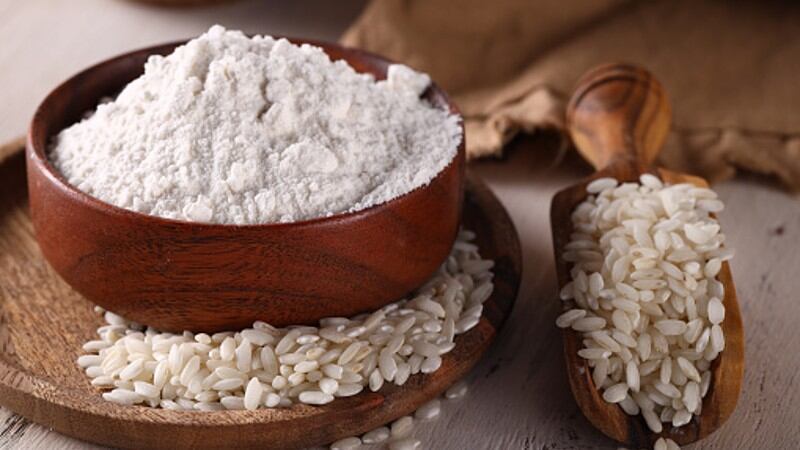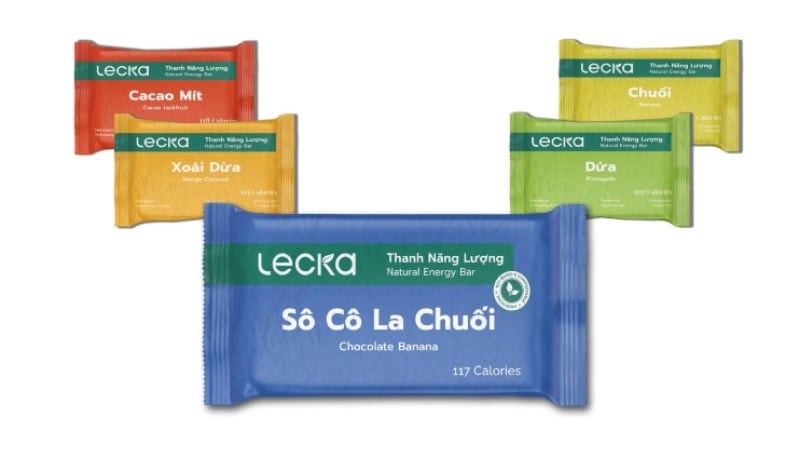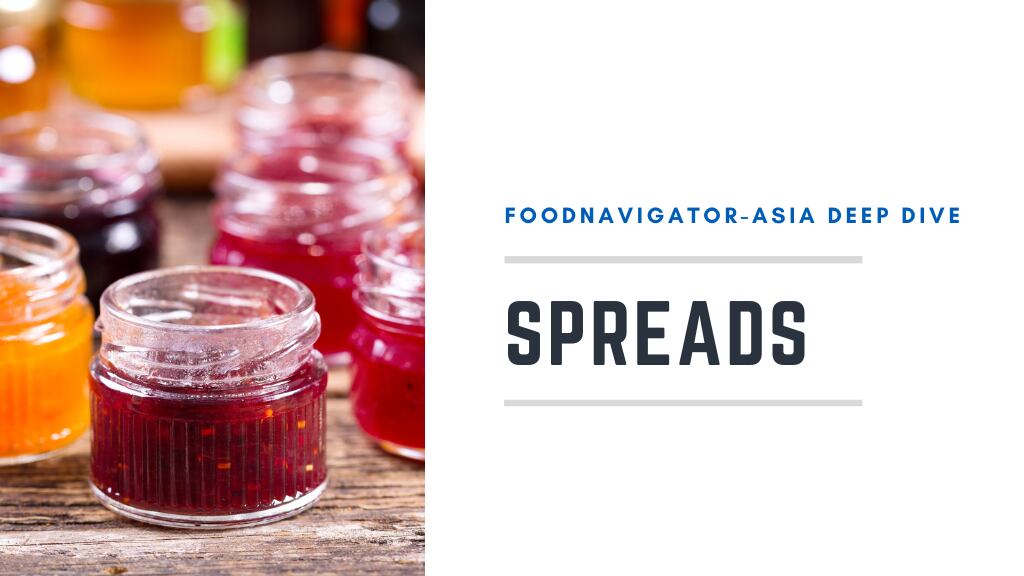The turmoil in Russia and Ukraine has caused rising global concerns of wheat shortage - as together both markets make up roughly a quarter of global wheat supply - and this situation has been further exacerbated by wheat export bans being implemented in some major wheat producing markets like India.
While many countries have not had much choice other than to look for alternative wheat sources or succumb to higher prices, South Korea is looking at a more innovative way of plugging this gap whilst building up its wheat supply – by turning to rice flour as a substitute.
This initiative was announced by the South Korean Ministry of Agriculture, Food and Rural Affairs (MAFRA) recently, likely in hopes of keeping public spirits up and providing reassurance during the upcoming Chuseok (Mid-Autumn) festive season in mid-September, as this is one of the nation’s largest festive events.
“Rice flour is very advantageous as a substitute for wheat flour [as] it has a dense starch structure and is not easily broken whilst processing – we will thus be activating rice flour to replace 10% of the demand for imported wheat flour by 2027,” MAFRA Minister Jeong Hwang-geun said via a formal statement.
“To do this, MAFRA will draw up plans to establish a stable processing, distribution and consumption system in co-operation with the food industry, whilst also supporting the development of more suitable varieties, providing support for cultivation technology, and creating specialised production complexes to meet demand.
“[We are aware that this will not be replacing the need and demand for wheat] so simultaneously we will also be expanding public stockpiling of wheat, including the installation of a new wheat stockpiling facility – a preliminary feasibility study is in progress for this, and we will draw inspiration from overseas markets such as Japan (which has stockpiled two to three months’ worth of imported wheat) and China (three to six months of stockpile).
“[Hopefully] the replacement of 10% of the demand for wheat with rice flour will help to reduce reliance on imports and prevent price instabilities, whilst also providing Korea with a more stable food supply to increase local food self-sufficiency.”
Jeong also reassured local consumers that the government would be moving to further stabilising food prices for the rest of the year.
“[Although we want to reduce reliance on imports], some items tend to peak in demand during the festive season such as Chinese cabbage and radish and we will move to expand the supply of these items when necessary to avoid price instabilities, including adding supplementary imports where necessary,” he said.
“In the longer term the plan is to prevent this unstable supply situation from recurring, which tends to be caused by abnormal temperatures or continuous cropping-related damage, by cultivating more areas with these crops, such as those affected by forest fires previously.
“In the meantime, a close eye will be kept on illegal activities such as attempts to falsify the origins of food products and any other form of adulterations and violators will be strictly penalised.”
Looking to the young
Despite these grand plans, Jeong also acknowledged that one major challenge facing the local food industry as a whole was the lack of younger-generation farmers, the ones who would be able to bring in the modernisation and digitalisation needed to transform the food production sector.
“To overcome this shortage, we are also planning to implement a ‘Basic Plan for Fostering Young Farmers’ this September – this will include customised integrated support for education, farmland, funding and housing to encourage more youths to tackle smart agriculture and rural convergence challenges,” he said.
“[We need these youths as the final goal is] the digital transformation of the entire agri-food sector, particularly the implementation of smart farms and smart regional distribution centres – and the hope is that these integrated packages including ready-installed smart farms and long leases will encourage youths without the initial capital to take that step.
“The formation of a Smart Farm Export Support Group is also underway, and this will be centred on the Middle East to comprehensively help the youths with customised export strategies for their produce.”
South Korea aims to expand its agri-food export value to US$15bn by 2027, and also convert its pre- and post-agricultural sector operations into smart, digital processes so as to further translate this into exports as well.





